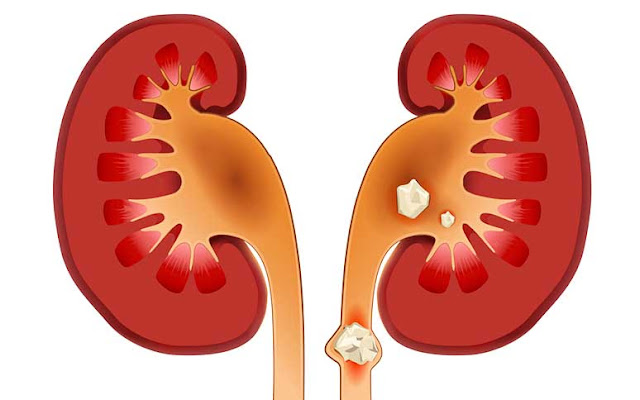DENGUE FEVER
DEFINITION: - Dengue fever is a mosquito-borne disease caused by four different viruses is that Dengue virus 1, 2, 3 and 4 and spread by Aedes mosquito which is found all over the world. The onset of the symptoms usually starts 4 to 7 days after the mosquito bite.
There is some research is on-going for developing the dengue vaccine. In some country vaccine for dengue fever are commercially available (the Philippines and Indonesia). So for the prevention of dengue fever, there is some method of preventing which we discuss in the separate heading in this blog.
There is gradually increasing in a number of dengue fever in India. Dengue fever in India 1st reported in Madras in 1780 and the 1st outbreak occurred in Calcutta in 1963. In India, dengue fever is more dangerous because there is lack of knowledge of sanitation and how to avoid further developing of dengue viruses and most common causes are that there are lots of open collection of water which are non-medicated that’s why there is friendly nature to produce more Aedes mosquito. So that’s why the spread of dengue virus is easy.
PATHOPHYSIOLOGY: - In this section, I will tell you how the dengue virus entre in our body and spread in a simple easy way to understand in a numerological way.
1. 1. Aedes mosquito with viruses bite person.
2. 2. Viruses enter in the skin with the saliva of mosquito.
3. 3. Both bind (viruses + saliva) and enter in white blood cell (WBC).
4. 4. In WBC they reproduce (increase number of viruses) while moving throughout the body.
5. 5. WBC respond by producing protein cells ( cytokines and interferons which are responsible for symptoms like fever and pain in the body)
6. 6. If treatment does not start at this stage than virus production increase greatly and more organs are affected and this is life-threatening.
SING AND SYMPTOMS: - Incubation period (time between exposure and onset of symptoms) 3 to 14 days
- Fever (sudden onset)
- A headache (behind eyes)
- Muscle pain
- Rush
There are three phase of sing and symptoms
The febrile phage: -In this phage, there is high-grade fever (40°C/104°F) and generalized body pain, headache, nausea, and vomiting are commonly present. Rush occur in 50 to 80% of cases. Rush resemble like measles describes an island of white in a sea of red. There is also mild bleeding occur in the mucous membrane of mouth and nose.
The critical phage: -In this phage, there is leakage of plasma from blood vessels resulting in fluid accumulation in the chest and abdominal cavity and decrease the volume of fluids from circulation decrease that’s why blood supply to the vital organ is decreased and that leads to organ dysfunction and severe bleeding. In this phage shock and hemorrhage occur in less than 5% of cases.
Recovery Phage: -In this phage, improvement is often striking and can be accompanied by itching and slow heart rate. There is also a feeling of fatigue.
Diagnosis
- CBC (decrease platelet count)
- Serological test for dengue ( IgG IgM)
PREVENTION
In dengue fever WHO recommended these five elements for integrated vector control program.
1. Advocacy, social mobilization and legislation to ensure public health bodies and community strengthened
2. Collaboration between health and other sectors.
3. An integrated approach to disease control to maximize use of resources.
4. Evidence-based decision making to ensure any intervention is targeted appropriately.
5. Capacity-building to ensure an adequate response to the local situation.
In short, reduce the open collection of water and if this is not possible than treat water with insecticides and biological control agents. Generalized spraying with organophosphate insecticides may help. Reducing open collection of water is best for controlling further spread of viruses. People can prevent of mosquito biting from wearing full sleeves shirts and pants, using mosquito net during rest. So this is some method to prevent dengue fever.
Vaccination
In Philippines and Indonesia, there is dengue vaccine is available for commercial use in 2006 and its cost about 207 us dollar (approx. 14466.20 rupees)
June 15 is celebrated as international anti-dengue day. Purpose of this celebration is to aware public about this fever and how to control.
TREATMENT
There is no any specific anti-viral drug for dengue fever. Most important is to maintain body fluid and symptomatic treatment. If you have high-grade fever than please consult your family physician for further treatment and diagnosis.
DR. AMIN I BAYAD
(BHMS)






